I have raised chickens off and on since 1978. While not a real time consuming endeavor it does take time and most of all money. Nothing in the home chicken business is cheap any longer. Their is not a lot of money to be made either. In fact more than likely red ink will flow like a river.
First things first, what breed to buy.
You will spend as much time deciding this as anything else with chickens, probably multiples of time more. Their is a myriad of decisions. Egg color, egg layer, meat provider, dual purpose, heritage, hybrid, old reliables or the new stars, size - bantams or regular.
Let’s cover these:
Egg color: We all are familiar with brown and white, but if you are buying layers their are also turquise, olive, green, cream, pink and more. I have found no study over the years stating one is more or less nutritional than the other. Its literally all in our heads - some colors are just more appealing than others.
Egg Production:
The below are top rated egg layers regardless of color.
Amber Star
Australorp
Black Star
Pearl White Leghorn
Red Star
Rhode Island Red
Whiting True Blue
Whiting True Green
Amber, Black and Red star are hybrids / sex link. Sex link means the females are one color and males another so they sort easily. While if you keep a rooster around the eggs can be hatched and a chick will be produced it will revert back to the parents linage. They will not super star layers, they will be average.
Rhode Island Reds, Australorps and Leghorns are old line breeds, Australorps have the record on egg layer - 364 eggs in 365 days. No breed has beat that record. If bred they will breed true.
The Whitings are new and the background info is interesting. They seem to be hybrids that have great layer genetics.
So which have I owned? Black, Red stars, Rhode Island Reds, Astralorps and Leghorns. All great layers, The Black and Red were egg laying machines. Rhode Island I thought were above average as were the Australorps. Australorps are the largest.
One thing to keep in mind is a lighter weight chicken does eat somewhat less so they are more efficient egg layers. They also burn out fast than something like the Rhode Island and Australorps that are heavier. So its a trade off, a decision to be made. My favorite? Probably the Australorps, its a large bird that has a long history. But hard numbers - eggs - the stars win hands down.
The worst layers?, bantams, they are a small novelty bird, I like them but they are something to have and take care of while not getting much but the cuteness in payment.
Heritage vs hybrids. The Rhode Island, Australorps, and Leghorns are Heritage breeds. These go back 100 or more years unlike the sex link hybrids.
What other breeds have I owned?
Araucana, Ameraucana, Barred Plymouth Rocks, Blue Laced Red Wyandotte, Buff Brahmas, Buff Orpingtons, Cinnamon Hybrid Layer, Columbian Wyandottes, Delaware, Dominiques, Golden Wyandottes, New Hampshires, Partridge Cochins, Sliver Laced Cochins, Silver Laced Wyandottes, Sussex. Yep it was/is that hard for me to decide.
You will notice on all the breeds the naming conventions that the last name repeats alot. The first is the color convention, last such as Orpington is the base breed.
For easy going the Orpingtons, they are just layed back, The Australorps can be aggressive at times, Beauty - Sussex that is one colorful bird, it really sets of the chicken yard in spectacular colors.
I have found they all do well penned up or free range. Birds such as the Dominques excel because they never really had that pioneer day spirit bred out of them. They were the chicken that moved west with the pioneers as it was a bird that could take care of itself.
Meat Breeds
If you are wanting just meat you want to stick with the Jumbo Cornish Cross (Cornish X Rocks). They grow fast and lay on the meat. The others can be dual purpose meat and eggs. While they don’t excel at both they acceptably provide both.
What meat breeds have I specifically chosen? NONE - I’m just not a huge chicken meat fan. I’ll eat it but not my first choice.
Black Giant
Buff Orpingtons
Columbian Wyandottes
Cornish Game Hens
Dark Cornish
Delaware Broiler
Ginger Broiler
Jumbo Cornish Cross (Cornish X Rocks)
Murray's Big Red Broiler
New Hampshires
Niederrheiner
Partridge Rocks
Sussex
White Giants
White Wyandottes
Then we have combs, their are 4 types, A} Single, B} Rose, C} Pea and D} Walnut.
Purpose of a Chicken Comb
Regulates Body Temperature
Since chickens do not sweat, they use the parts of their bodies not covered in feathers to dissipate heat. The network of blood vessels in the comb helps dissipate excess heat from the chicken’s body, especially during hot weather. Blood flows through the comb, releasing heat into the surrounding air, which helps keep the chicken cool. Conversely, in colder temperatures, the comb can help conserve heat by reducing blood flow to the comb’s extremities, thus minimizing heat loss.
Larger and Single combs in particular can get frost bit in extreme cold temps. Rose, Pea and walnut are less likely. They will survive but I’m sure its painful.
Indicator of Health and Vigor
The comb also serves as a tell tale indicator of a chicken’s health and vigor. A healthy chicken typically has a bright, vibrant comb that is firm to the touch. Changes in the comb’s color, size, or texture can be early signs of health issues. For example, a pale or shrunken comb may indicate anemia, poor circulation, or the presence of parasites, while a dark or purplish comb can be a sign of respiratory or circulatory problems. Observing the comb’s condition allows chicken keepers to monitor the health status of their birds and take necessary actions promptly.
Social and Reproductive Significance
Of course its also important in mating selection.
In addition to its physiological functions, the chicken comb plays a significant role in social and reproductive behaviors. For roosters, the size and brightness of the comb can be a display of dominance and vitality, which is crucial during mating season. Hens are often attracted to roosters with larger and more vibrant combs, as these are indicators of good health and vitality. There is also a correlation between the color and size of a comb and testosterone levels. The comb also plays a role in the pecking order within a flock, where birds with more prominent combs often rank higher in the social hierarchy. This social signaling function helps maintain order and reduce conflicts within the flock, ensuring a more stable and cohesive group dynamic.
Where does one get chickens. Depends on what you want and when.
If you have a Tractor Supply Store, a neighborhood feed store or other farm supply store they usually start handling them just prior to Easter. Lately TSC has been my go to. I go there weekly for feed or parts so its easy, no freight, the birds have already had the rough part of their journey under their wings. They will be a few days old and already being fed and watered. The variety will be very limited though. They will only carry more popular breeds like the stars, another sex link layer or Rhode Islands, Araucana, Cornish Rocks or maybe some overstock rare breeds. Nothing wrong with any of those its just if you want fancier like cochin, New Hamshire, Langshan etc…. they will not have them. They might be able to order them in so you can ask. One thing I do like about TSC is once the chicks get older and the next shipment is coming in they put what they have on clearance - sometimes 70% off. That is huge sometimes I have gotten chicks for under a dollar. Its just a crap shoot if and when they discount though so if you’re serious and will be disappointed if you don’t get any just buy them at regular price.
Or
You can search for a hatchery that sells chicks.
https://www.mcmurrayhatchery.com/index.html
https://www.cacklehatchery.com
Their are others, these are ones I have used in the past. No problems with any of them.
Here you get the whole smorgasbord along with descriptions and in some case history of the breed. They each have different minimums on the number of chicks. Some are 10 and some are 15 or more. They must ship that number as the chicks need each other for heat otherwise they will get chilled and die.
These will be delivered to your door or your post office depending upon what you want. I usually have mine delivered to work as that is the easiest for me. Running to the post office is just a pain. It will probably on that day move your mail up in time as the post man wants those noisy things OUT ASAP.
If you order be prepared for death loss for around 48 -72 hours. Its a traumatic trip so it can and does happen. Some hatcheries put in extras to make up for that others you have to call and report and they will refund. This is the one downside of ordering, I have over they years only experienced death loss a couple of times. One thing for sure, raising animals you soon learn the cycle of life and death.
The huge advantage is you can order say 15 chicks and get several different breeds. Or you can order their overstock specials and safe money. These are usually anything goes we have extra of so the discounts can be pretty good.
A couple of side note.
Do I have them vaccinated for Mareks? No, I’ve never vaxed for that and have never had Mareks run through my flock. If you’re thinking of breeding your own my opinion is you are handicapping the offspring.
Do I order the special water treatments or other things they offer for chick health - No.
Those in my opinion are not necessary, but if you want to take no chances on your first adventure its not a great deal of money for self assurance you are doing it right.
One thing to keep in mind, to save a species it has to be eat or used in some way. Somebody has to donate some time and money to keep the diversity of our crops and animals so if a disease hit a particular one we have a back up. The only group I know of that keeps tabs on heritage breed is the Livestock Conservancy. I have been a member in the past - just to be up front. I found it a great resource on various breeds of animals. They keep track of breeders ( that want to known) and the number of breeding pairs. Some of these birds have less than 100 pairs of breeding pairs. Which is near extinction. I would ask that you look at their site and look at the breed and their status. While you may not want to be a breeder just ordering the chicks will help the breed as the breeder selling chicks helps pay the bills and save the breed. Sometimes production is not the be all to end all. We need to leave this world a better place for our future generations and having these rare animals around could someday save the food supply. Yes when I order chicks on line I order ALL rare breeds, they are colorful, they have unique personalities and characteristics. Once they drop in the number of eggs layed I let them go and they can range anywhere on the farm they want. Sometimes a hen will disappear for a month and then proudly strut to the house with her brood of chicks. Its an amazing site to see the day by day changes in the chicks growth and what they can do. Its also amazing how long they follow mom around. When one gets out of line mom is right there to gather the way ward chick, scolding and nudging back in to line.
Its relaxing, cheap entertainment to eat supper and have a beer watching them play and run around. Far better than the mind numbing idiocy on tv.
List of endangered animals.
https://livestockconservancy.org/heritage-breeds/conservation-priority-list/
https://livestockconservancy.org/about-us/
Biodiversity. The challenge we face as a nation and as an agricultural community is that heritage breeds are a reflection of genetic diversity. If we lose breeds, we lose genetic diversity. Many will ask, “So what, why does genetic diversity matter?” The simple answer is that our agriculture system is like a stock portfolio. If we invest all of our currency in a limited number of breeds, we are at risk of losing all of our investments. If we embrace diversifying the agricultural portfolio through rare breed conservation, our assets are diversified. If a disease were to strike a certain strain or breed, or if climate changes were to affect a particular line – heritage breeds could provide the genetic diversity needed to fall back on.
Food Security. In today’s large-scale agricultural systems, only a relatively few highly specialized breeds are used to supply a majority of the world’s food resources. 3/4 of the world’s food supply draws on just 12 crops and 5 livestock species. This places the world’s food supply at risk if anything should happen to these breeds such as disease or irreversible adverse genetic mutation.
Some pictures of a proud mom.
If you live in town you will have to call your local government to see what the requirements are. Each town is different. If you have children give them the gift of raising animals it is the most precious gift one can give a child. It will become a bonding time and something to look forward to every spring. Many will want to do their own research on the breeds. Many will literally spend hours watching and playing. It will get them the habit of caring for animals and other things. It gets them away from the screens and will help form them into critical thinkers and problem solvers. Engage them is setting things up, picking the breeds. It will be something they will remember for the rest of their life - even after you are gone. Yep even the time they got chicken poop on their hands it may seem like a crisis at age 5 but at 30 it will bring back laughter at the family get together’s. Which is worth far more than the latest apple what ever, I just don’t see a downside in the long run.
Well this has gotten far longer than I had planned so I am ending here and next up will be prepping for arrival and setting up the brooder. I will have pictures and detailed instructions. Novice or old hand may learn something or say that old fool has no idea. If you have ideas or questions relay them to me as 100% I do not know near everything and am always open to new ideas, thoughts and processes. Its life long learning experience that unfortunately many young children will never get the opportunity to have. Raising animals is a relaxing mind expanding experience that we should all experience, it helps us realize our place and importance in this world.

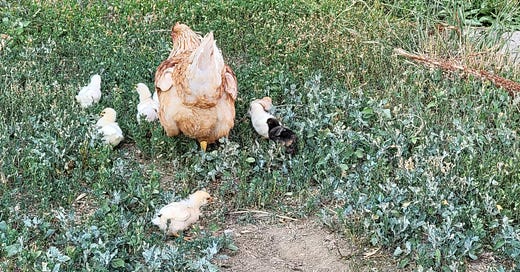


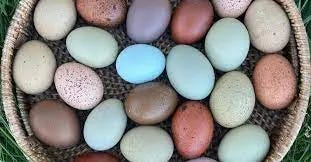
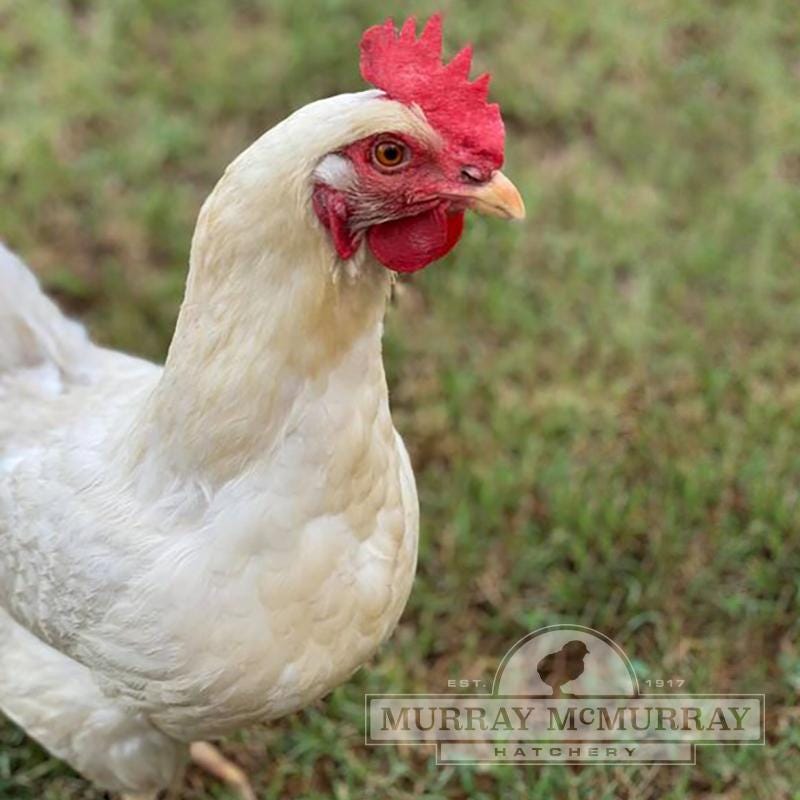
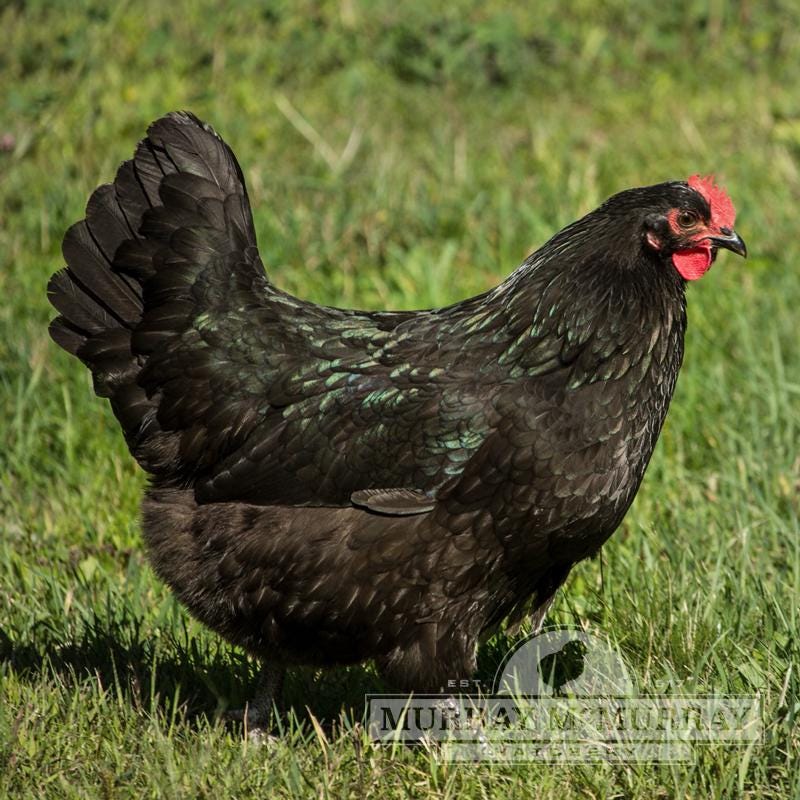
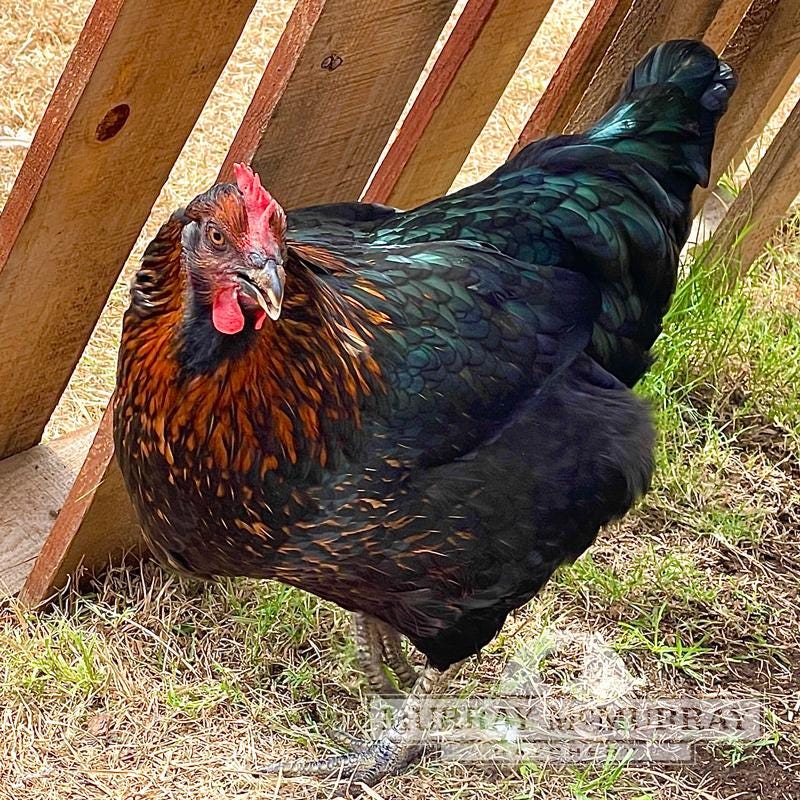
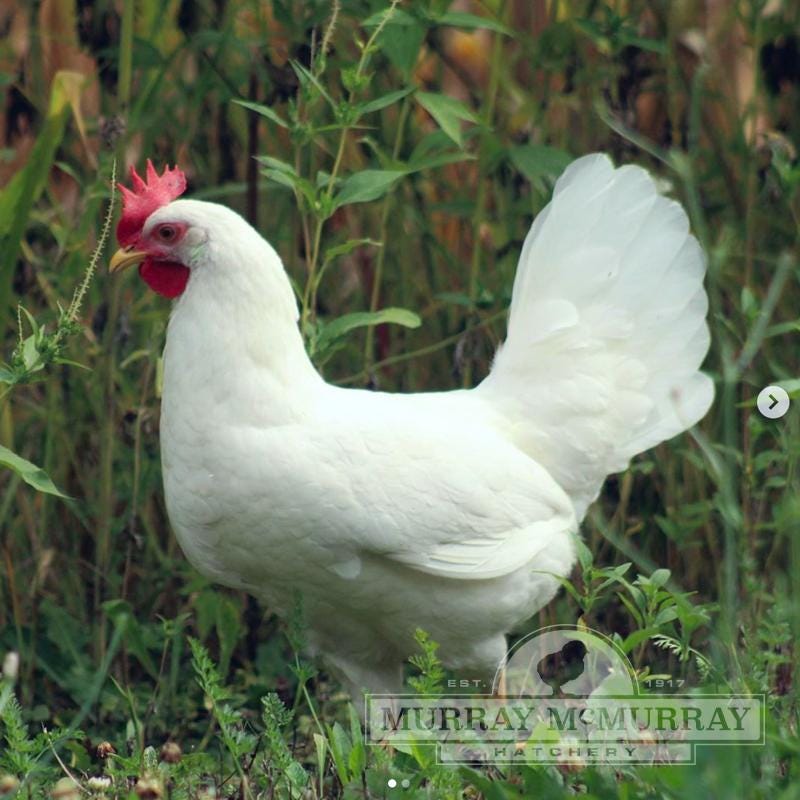
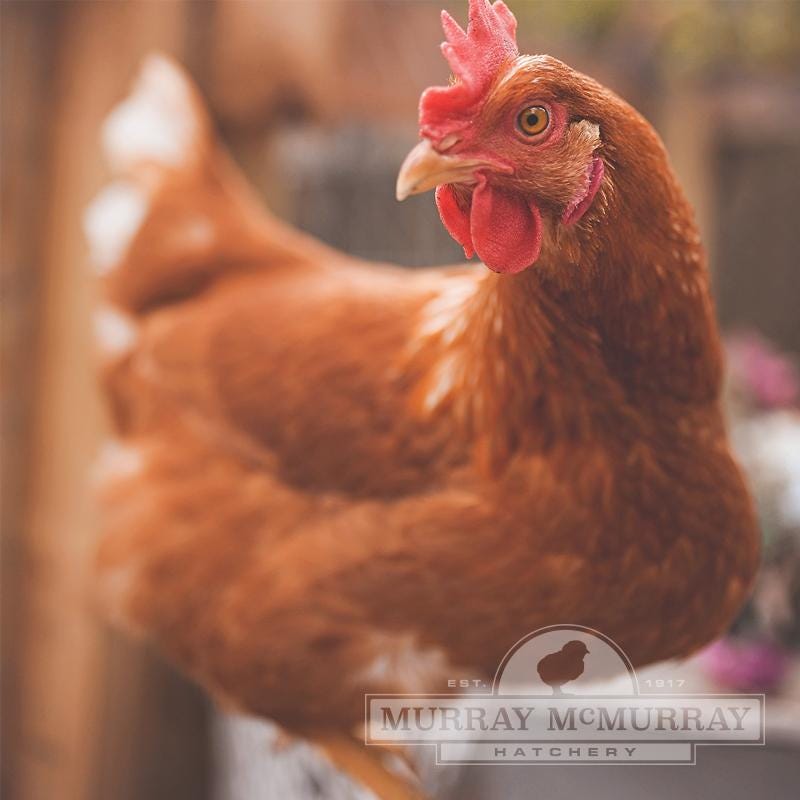
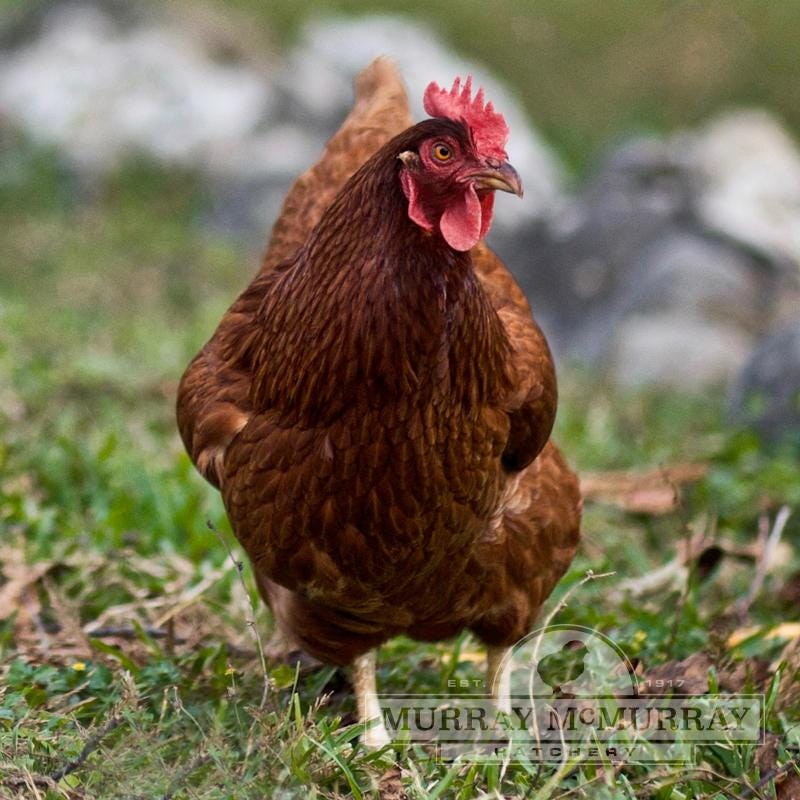


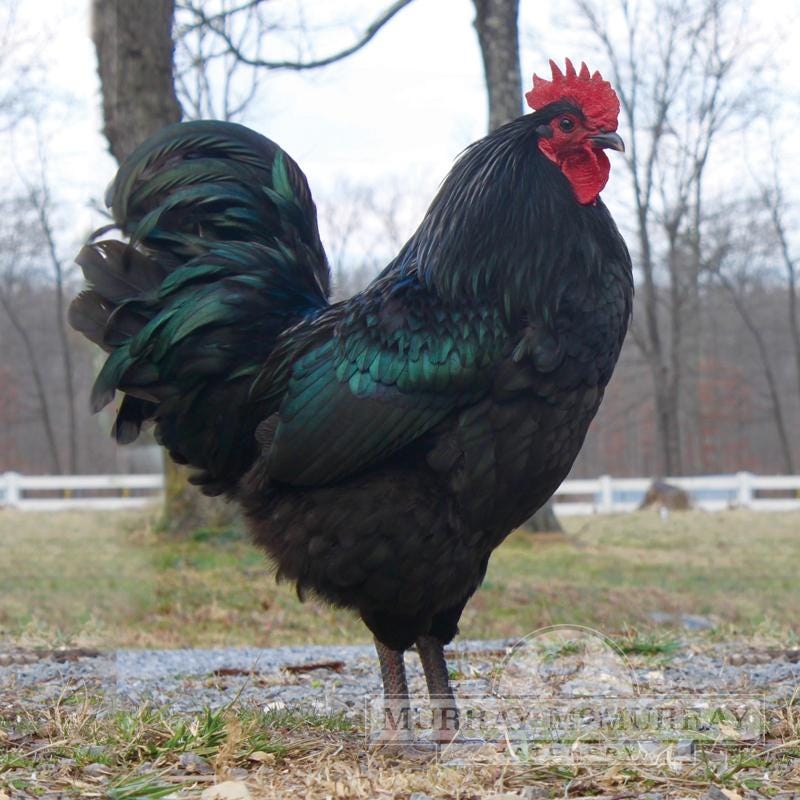
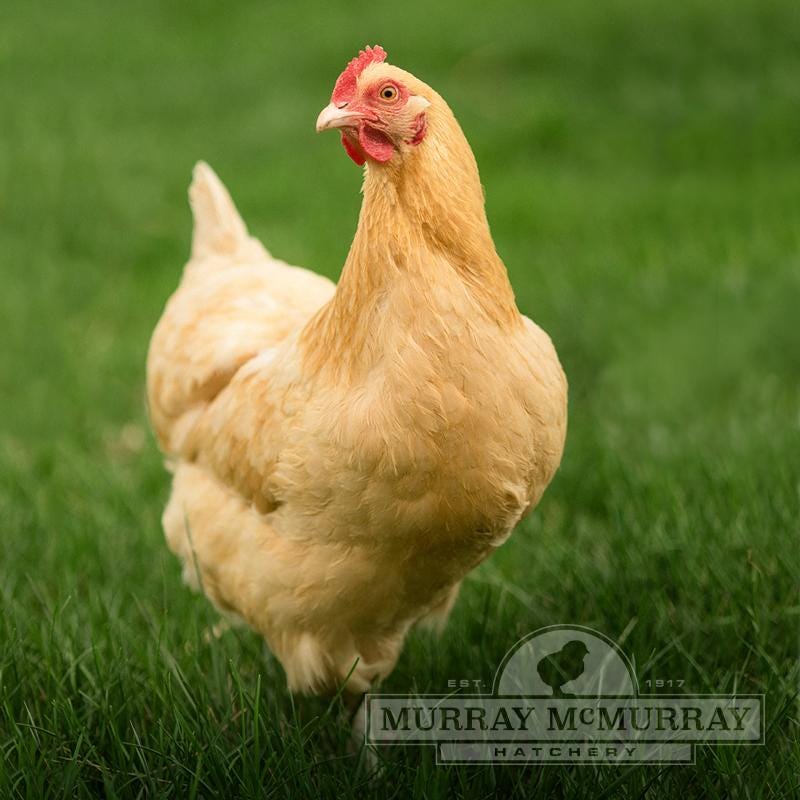
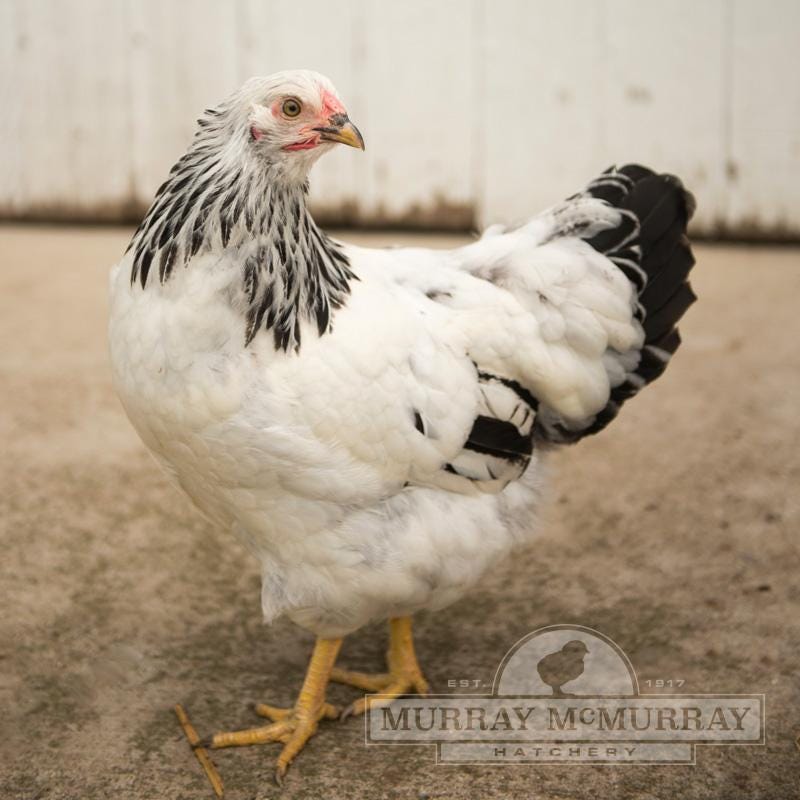
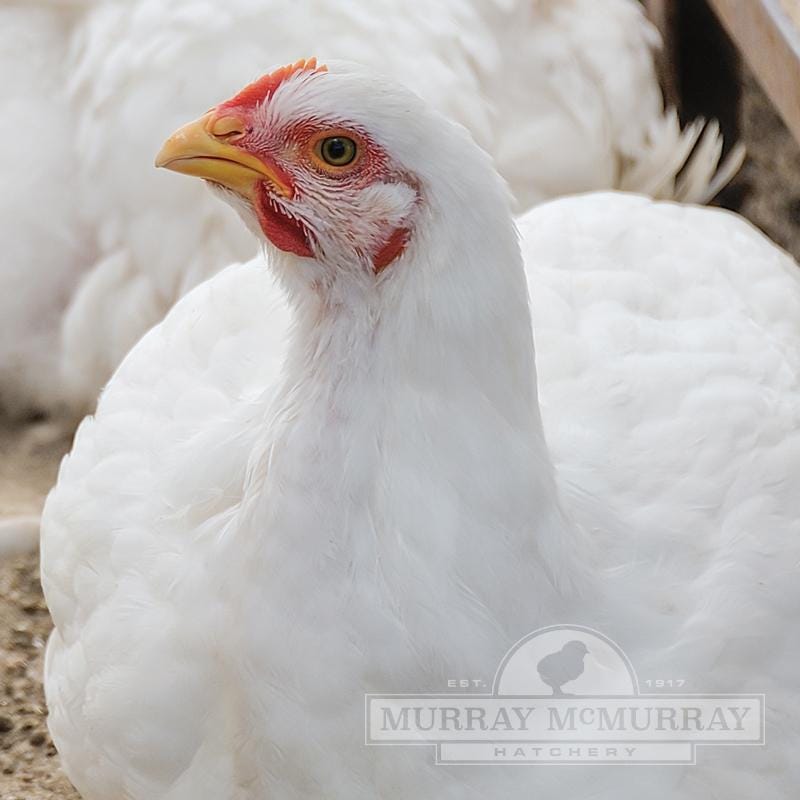
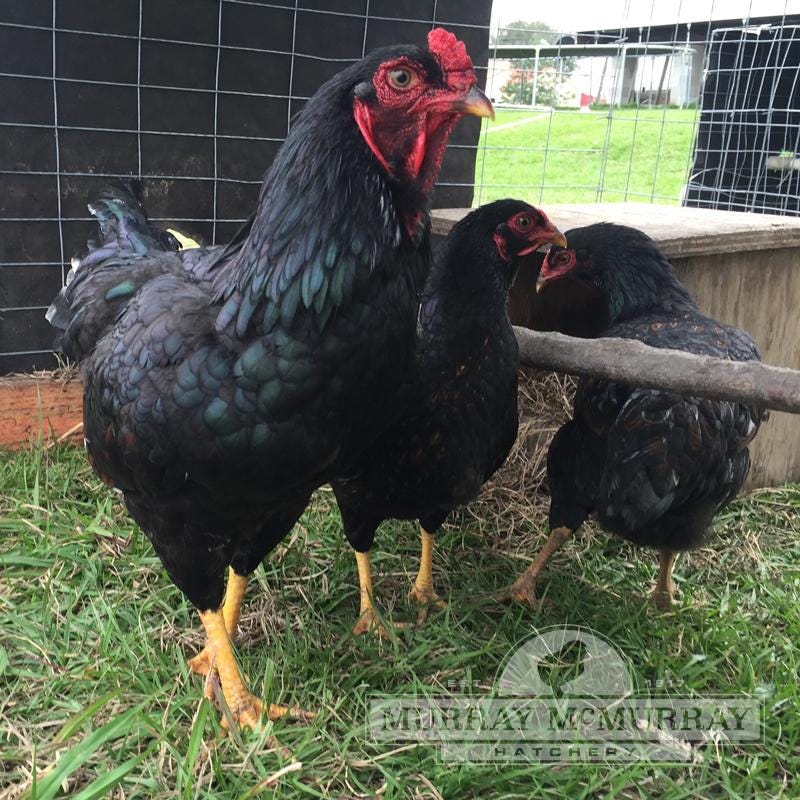
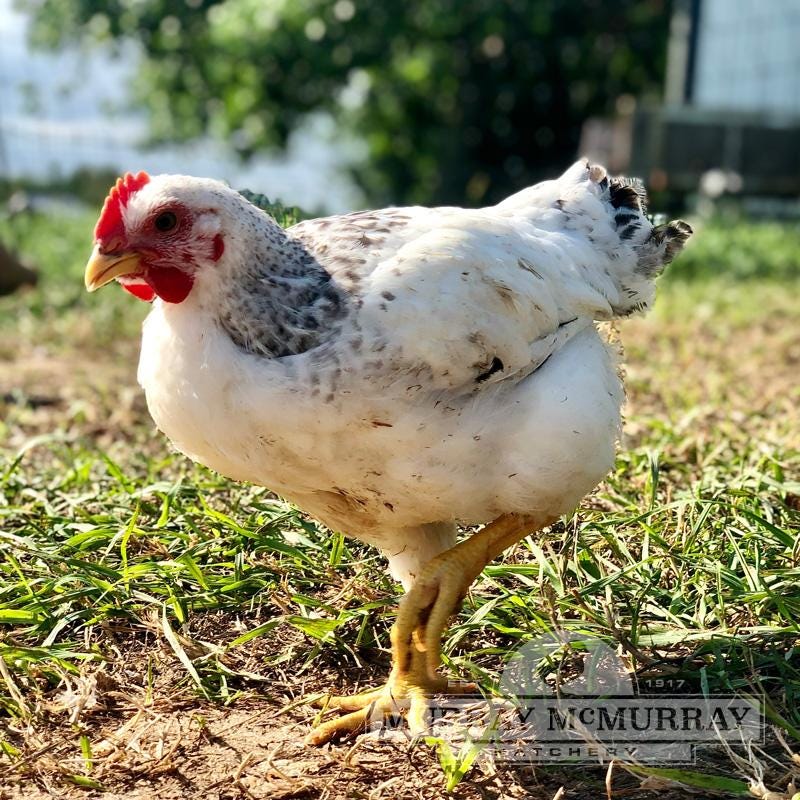
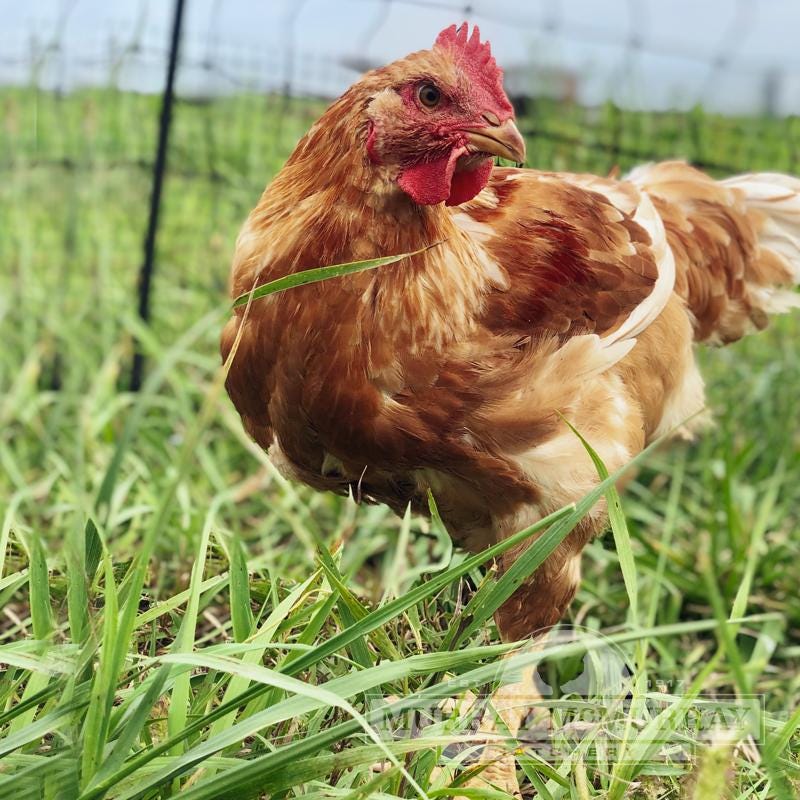
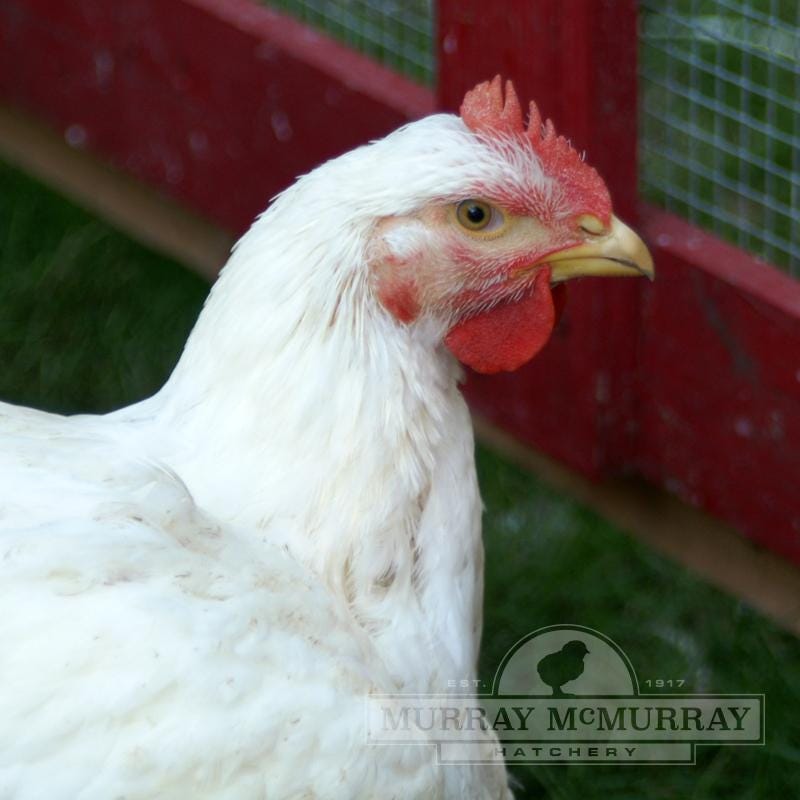
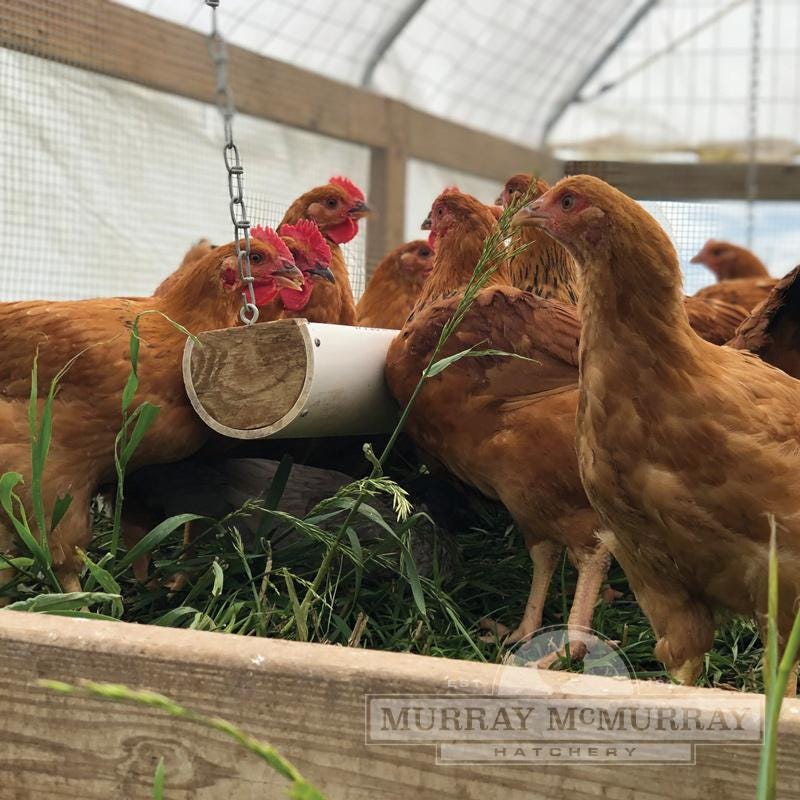
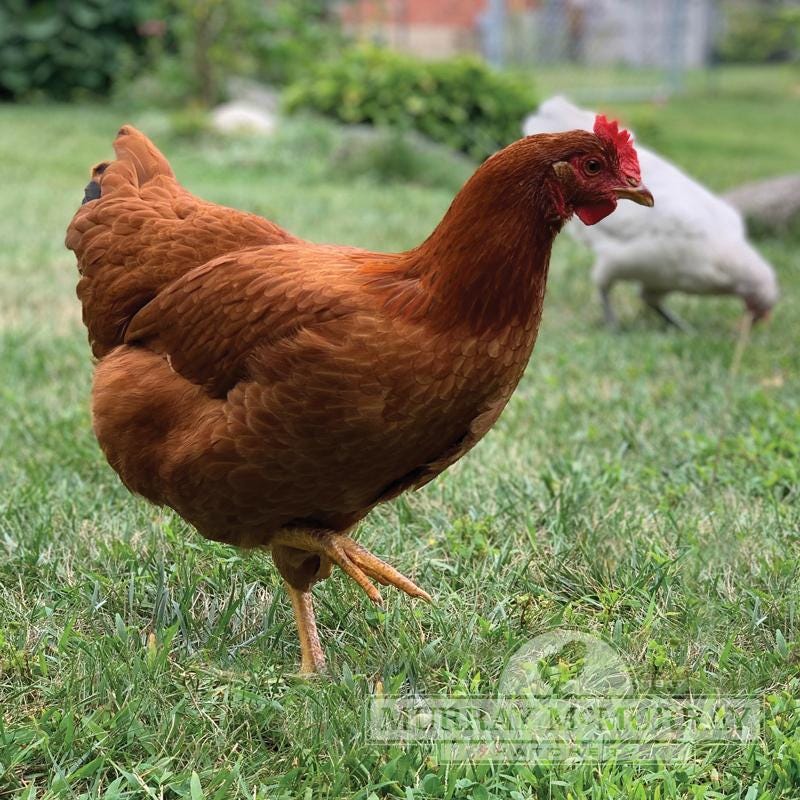
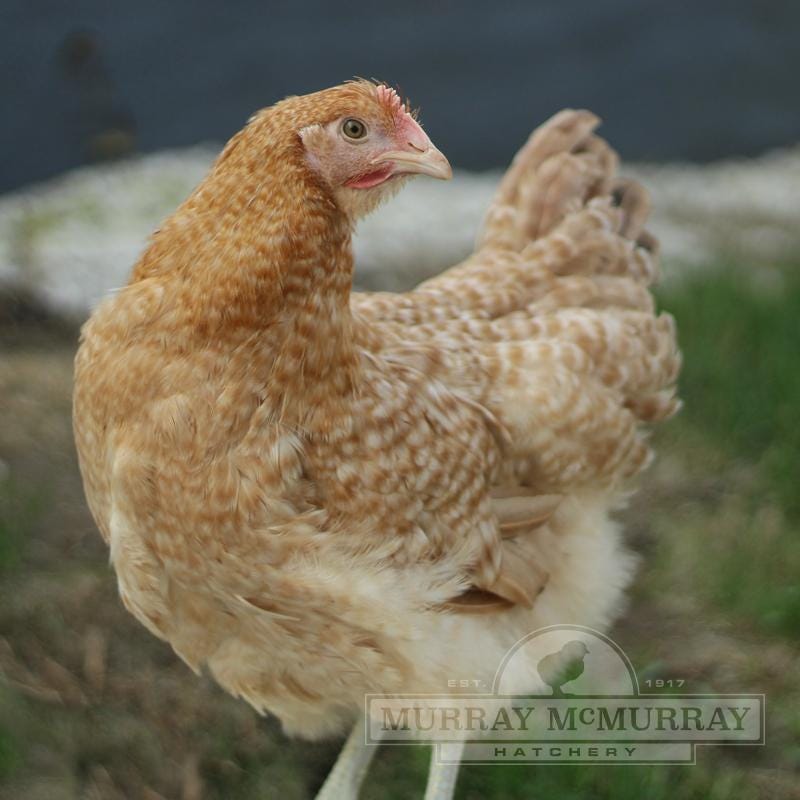
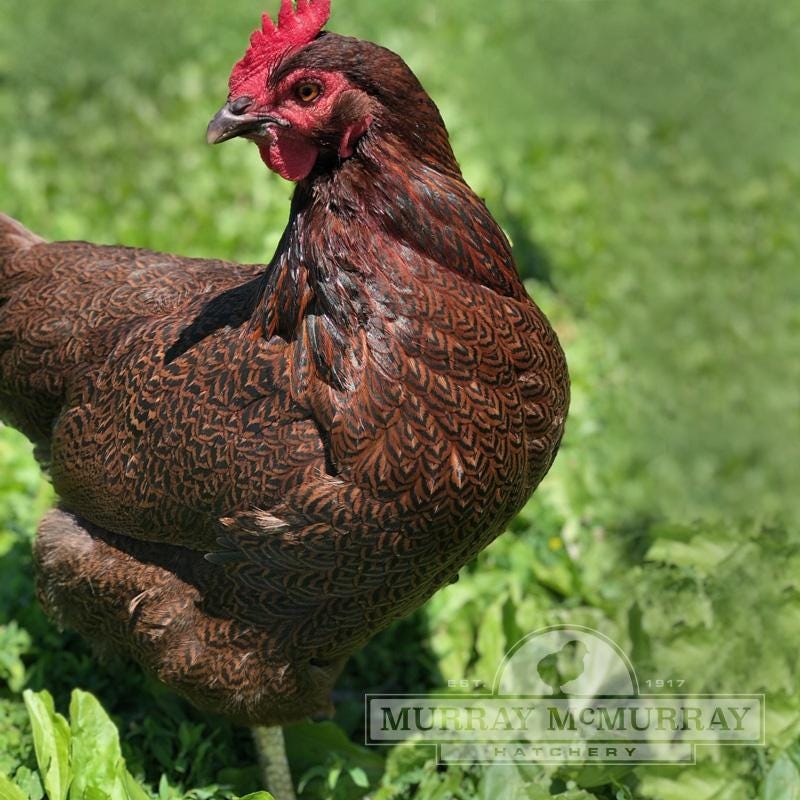
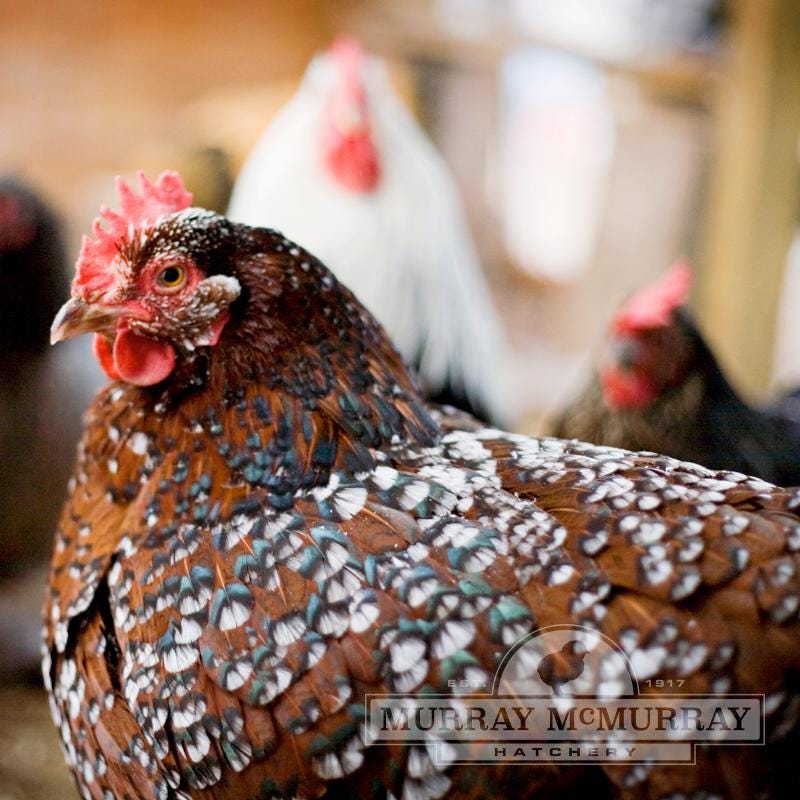
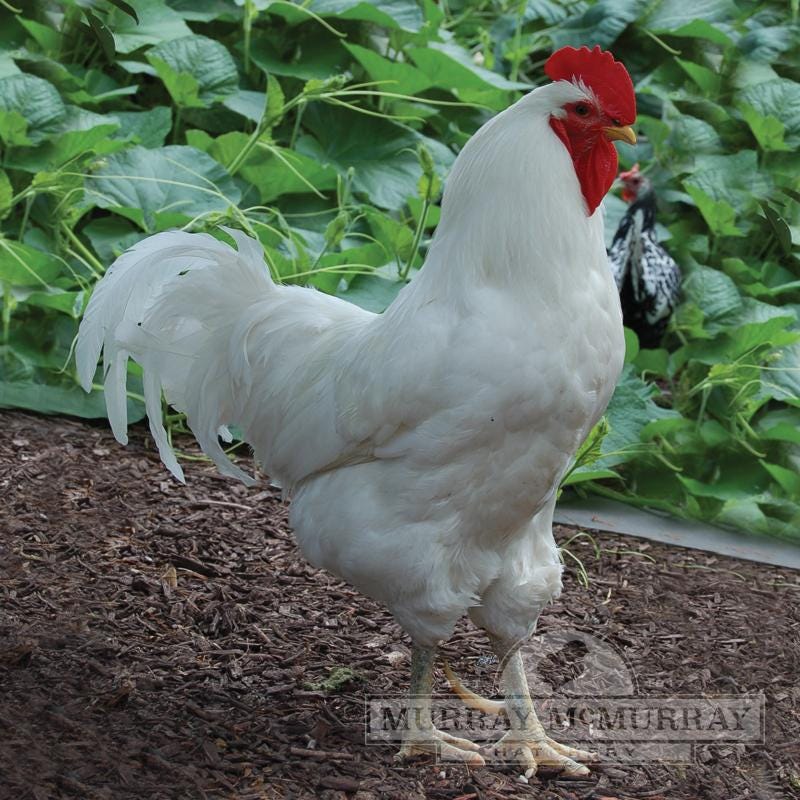
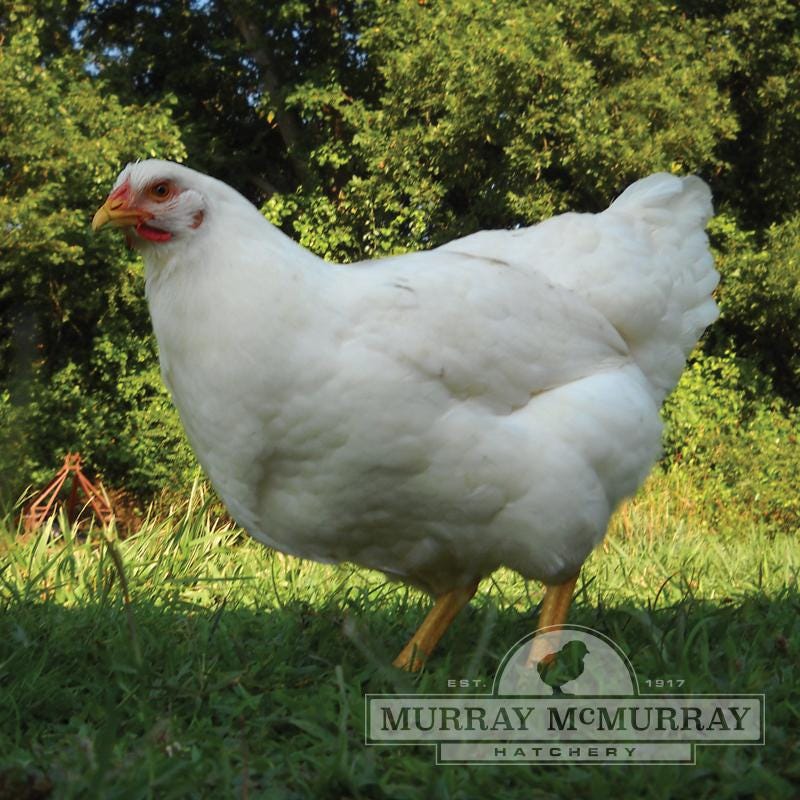

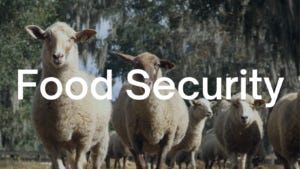

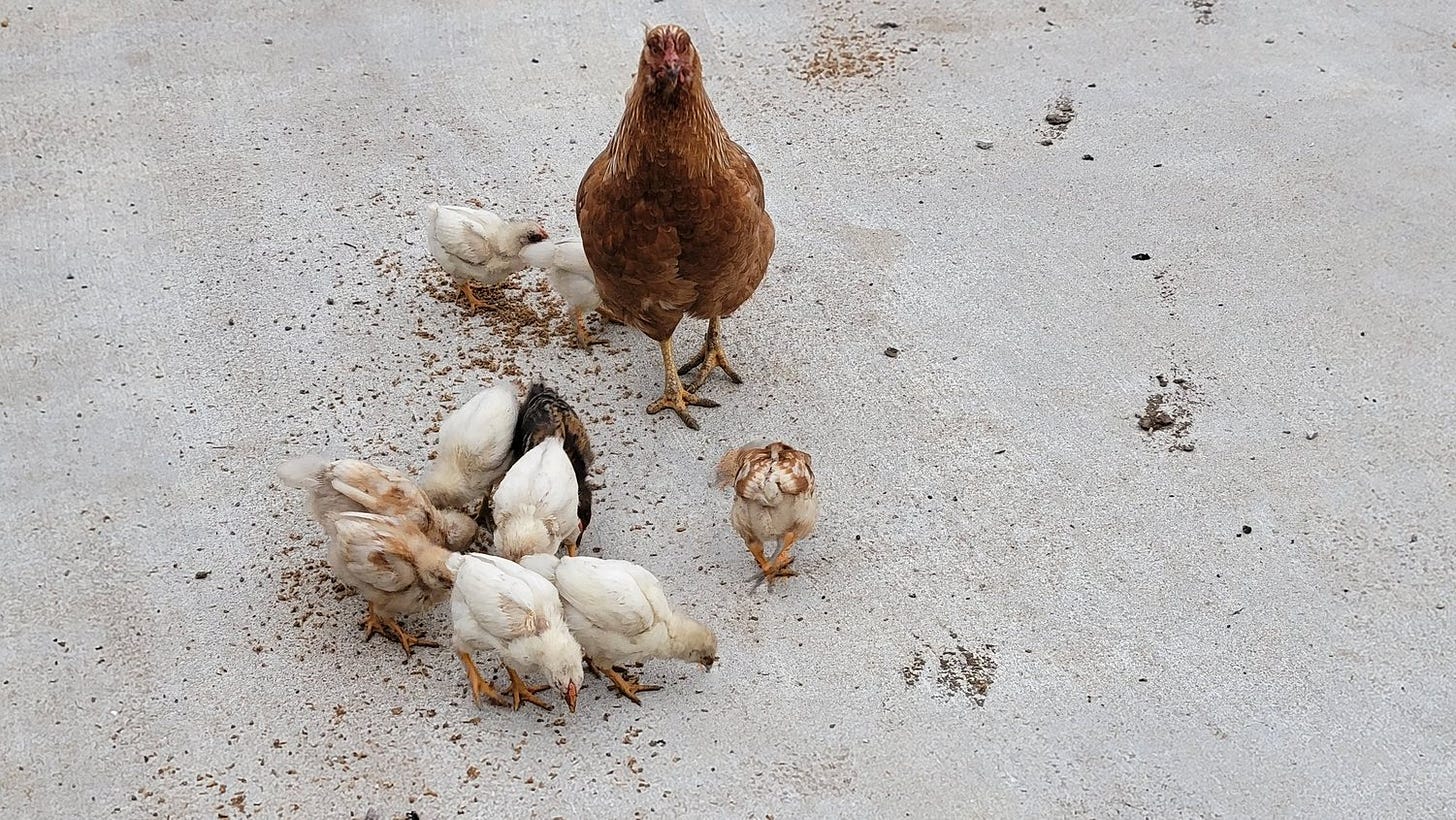

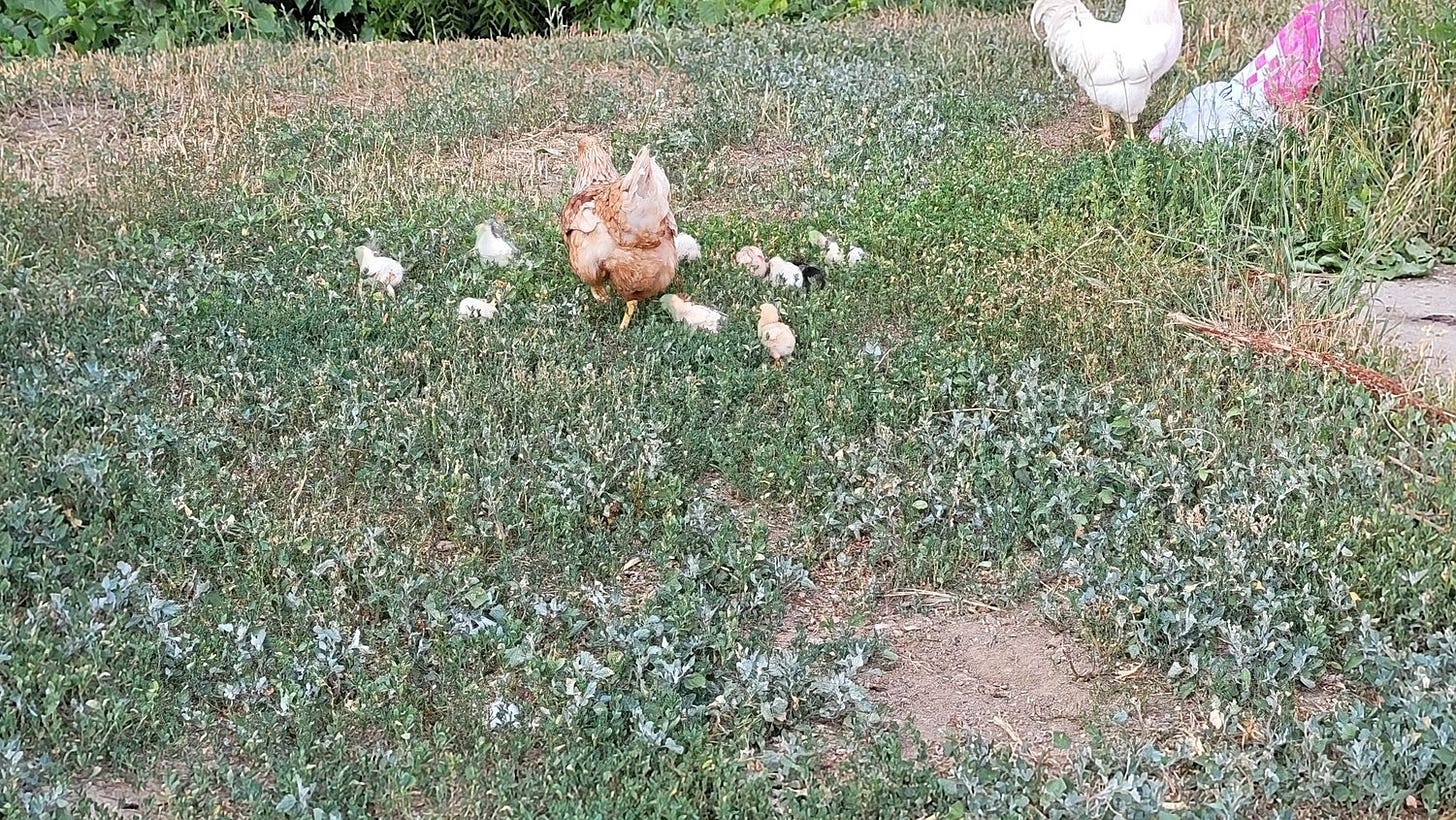
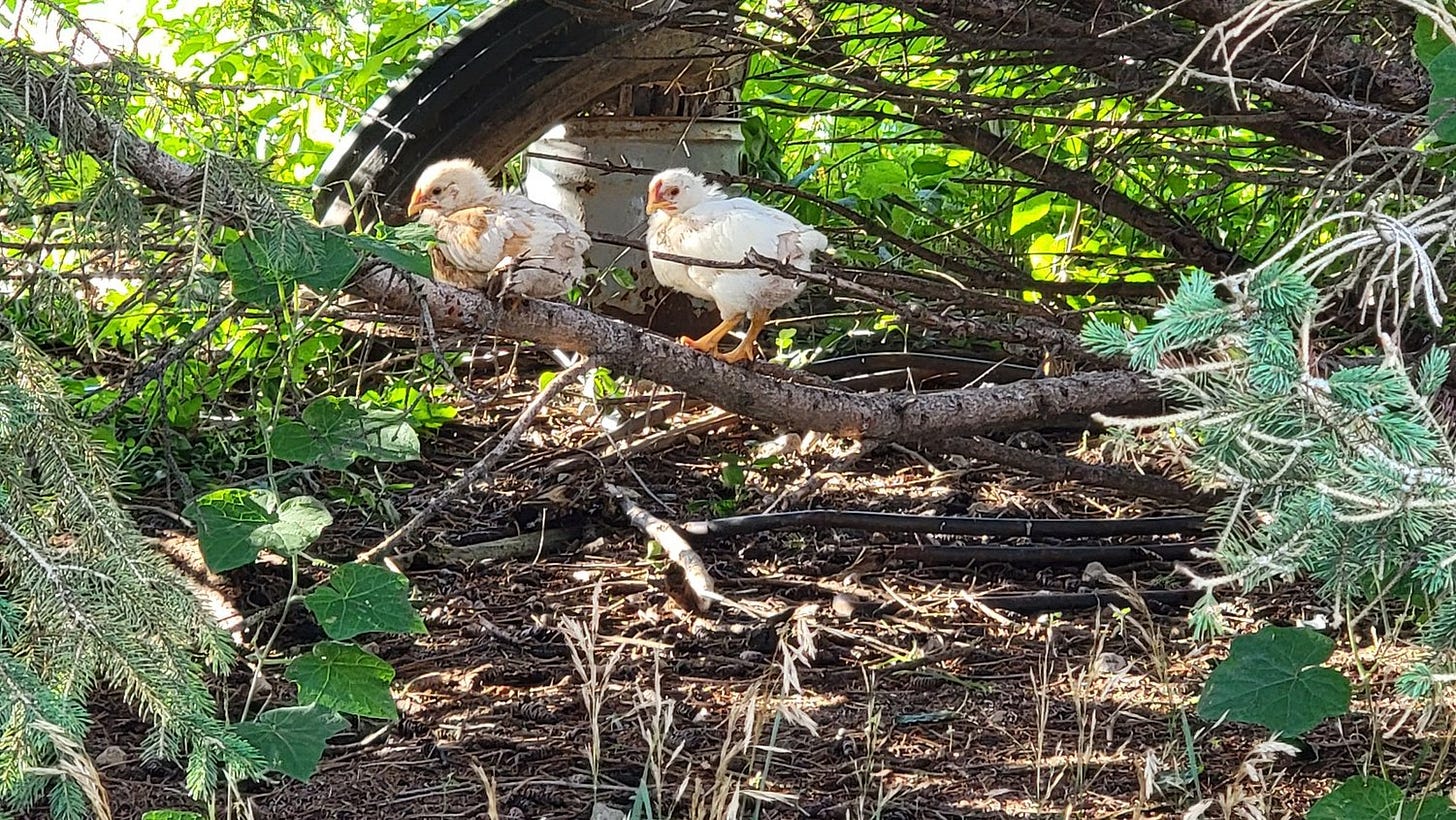
The Livestock Conservancy is worthy of support. Link at https://livestockconservancy.org/